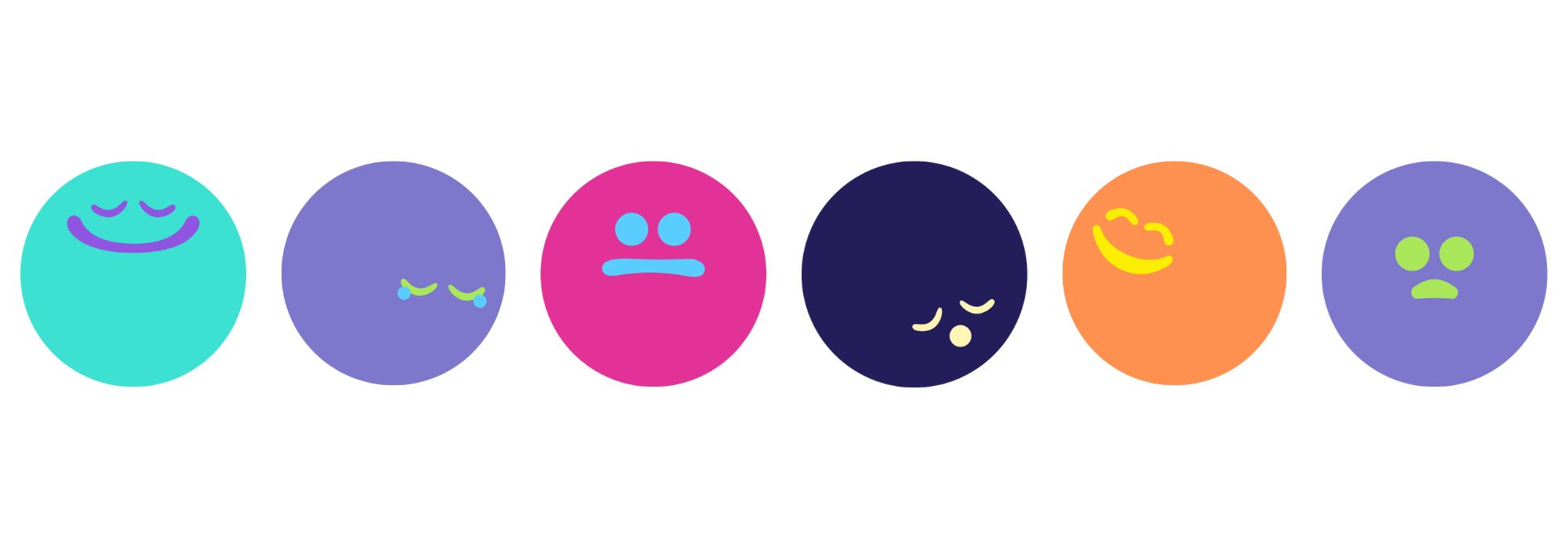
How to Help a Young Mind Name Their Feelings (When Words Are Hard)
Why Naming Feelings Matters
Have you ever noticed how impossible it feels to think clearly when emotions run high? You might snap, go blank, or shut down. That’s because when feelings surge, the brain’s alarm system fires up, flooding the body with stress hormones while the reasoning part of your brain temporarily goes offline [1,2]. In that moment, you’re not being irrational, you’re human. Your brain has simply switched to survival mode.
One way of supporting feelings is putting them into words. It helps calm this alarm system and activates areas responsible for self-regulation [3]. When we name a feeling e.g. “I’m angry,” “I’m hurt,” or “I’m scared”, it doesn't ignore what we feel, it helps tell your nervous system it’s safe to reconnect, helps validate the feeling and bring the thinking brain to come back online [2].
Children who can identify and describe emotions are better able to manage their emotions and communicate their needs.
Why Naming Feelings Can Be Hard
Humans are wired to feel before we think. Long before language develops, emotions are our first form of communication. A baby's cry can communicate hunger or discomfort. Words come later. Throughout childhood the brain continues to grow and develop [4]. So when children struggle to name emotions, it’s not a lack of effort; it’s simply their brain still developing. Emotion vocabulary grows with practice, support and repeated experiences of being heard and understood [3,5].
How comfortable we feel with emotions also depends on early experiences. If we were taught to hide anger or “be brave,” we may have learned that some feelings aren't okay. As adults, this can make naming emotions harder. Learning to say, “I feel frustrated” or “I’m anxious” helps us validate our own feelings and shows children that emotions are safe and understandable. [3].
Children also feel emotions in their bodies e.g. a tight chest, restless legs, or a “butterflies” in the tummy. Helping them link these sensations to emotion words “your tummy feels funny, maybe you're feeling nervous?” supports self-regulation and builds emotional confidence.
If a child feels unsafe, judged or shamed for their emotions, they'll stay silent rather than name what they feel. Creating a safe, calm space helps them find the words and learn that emotions are normal, safe and understandable.
How Adults Can Help (without pushing)
Start with your presence and being with them, not fixing it. When a child is overwhelmed, your calm, steady presence helps their nervous system settle, this is called co-regulation. Shared calm is the foundation of self-calm [6] .
Try these simple supports:
- Name it gently: “I wonder if you’re feeling frustrated that your game didn’t save?”
- Use visuals: Feeling charts, colour wheels, or drawings make emotions easier to express.
- Body check-ins: Ask, “Where do you feel that in your body?”
- Talk through stories: Discuss how a book or show character might be feeling.
- Model your own emotions: "I feel a bit tense today" or "I'm tired and grumpy". This shows that all feelings are normal and safe to name.
- Stay with big feelings: Quietly being with a child says, "your feelings are safe and you’re not alone.
For Teens
The same principles apply to teenagers - gentle naming, modelling labelling emotions, co-regulation and creating safety still matter. They may avoid direct emotional talk but express feelings in other ways (e.g. journaling, playlists, art) all help. Even a WhatsApp check-in counts as emotional connection. Teens who can tell the difference between different feelings e.g. sadness, anger, and loneliness handle stress more effectively [7].
Key Message
There’s no rush to fix feelings. Your steady presence, not perfect words, is what regulates and heals. When adults name and validate their own emotions, they teach that feelings are not failures but messages. Being with your child in their emotion, and modelling how to name your own, shows that emotions are safe and can be shared and talked about.





